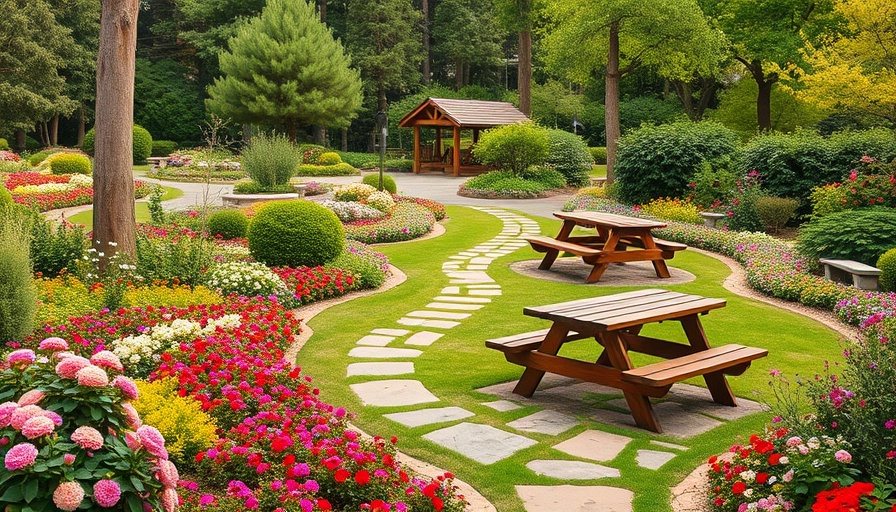
Transform Your Outdoor Spaces with Resilient Design
In an age where climate change and extreme weather events have become common concerns, the concept of a resilient garden is gaining traction among homeowners and landscape professionals alike. Expert landscape designers emphasize that resilient gardens thrive by working with the local ecosystem, ultimately creating spaces that not only look good but also function effectively during adverse conditions.
Why Resilience is Key for Modern Gardens
According to Joseph Bloom, a landscape designer based in Denver, resilient landscaping enhances both aesthetic and functional qualities. It creates a dynamic system that can endure the unpredictability of environmental changes. This is particularly relevant for homeowners who are looking to make a positive impact on their environment while enjoying the beauty of their gardens.
Building a Garden That Works With Nature
Creating a resilient garden involves selecting plants that are native to your area. Native plants not only thrive in local conditions but also support local wildlife, contributing positively to the ecosystem. By choosing plants adapted to the local climate, you can create a low-maintenance garden that requires less water and fewer resources to sustain. This is especially important in California, where water conservation is critical due to frequent drought conditions.
Design Techniques for Thriving Gardens
Landscape professionals recommend several practical techniques to enhance garden resilience:
- Improve Soil Health: Healthy soil is crucial for a resilient garden. Practices like composting and using organic mulch can boost soil nutrients and improve water retention.
- Implement Xeriscaping: Especially in drought-prone California, consider xeriscaping—designed landscapes that require little or no irrigation to thrive. This method uses drought-resistant plants and natural designs that minimize water usage.
- Diversity is Key: A varied selection of plants can make your garden more resilient to pests and diseases. Mixing different species means if one plant faces a challenge, others may thrive, ensuring that your garden remains vibrant.
Future Trends in Resilient Gardening
As climate change continues to affect weather patterns across the U.S., the demand for resilient landscapes is likely to grow. Homeowners are expected to prioritize sustainability and eco-friendliness in their outdoor spaces. Additionally, landscape professionals may increasingly incorporate technologies such as smart irrigation systems that adapt according to real-time weather data.
Common Misconceptions About Resilient Gardens
One prevalent myth about resilient gardens is that they can't be beautiful or aesthetically pleasing. This is far from the truth; many designers are showing that functional gardens can also be stunning. By choosing thoughtful combinations of colors, textures, and seasonal variations, you can create a space that is both practical and visually appealing.
Making the Most of Your Garden's Impact
Understanding and embracing the principles of resilient gardening not only benefits your property but also contributes positively to the local environment. As we witness more unpredictable weather patterns, making your garden resilient becomes an act of care for your home and the planet. Take action today—choose native plants, apply sustainable practices, and create a garden that thrives!
Ready to Transform Your Garden?
If you're interested in creating a resilient garden that stands the test of time and environmental challenges, start by researching which native plants are best suited for your California home. Connect with local gardening communities for more tips, and don't hesitate to seek advice from landscape professionals to maximize your garden’s potential!
 Add Row
Add Row  Add
Add 




Write A Comment